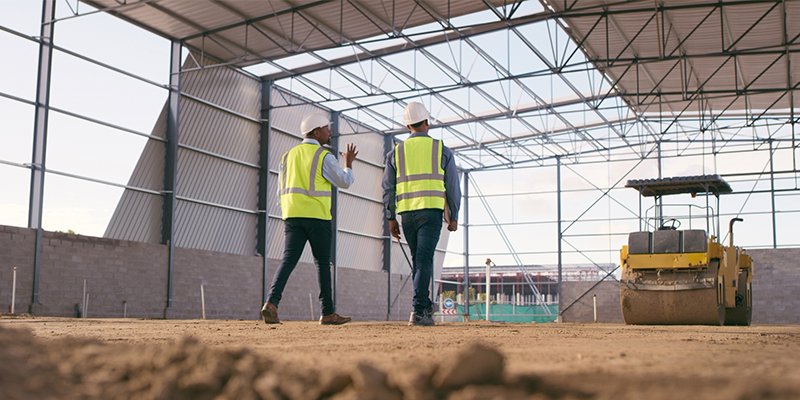As the retail landscape continues to evolve with some well-known retailers declaring bankruptcy or streamlining their real estate portfolios, it doesn’t have to signal a loss for the surrounding community. In fact, the opposite is true. People increasingly want their healthcare brought closer to home, and with these abandoned spaces comes opportunity.
According to a report from CBS News, in 2023, retailers across the country shuttered more than 4,600 locations – an 80% increase from 2022. Leading the pack on these closures was Bed Bath & Beyond, which went bankrupt in April 2023 and subsequently closed 866 stores across all three of its brands. Discount home goods retailer Tuesday Morning filed for bankruptcy and shuttered 463 stores, Foot Locker closed 116 stores, and drugstore brands Rite Aid, CVS and Walgreens closed a whopping 807 locations combined. Even big box titan Walmart wasn’t safe from the scourge of cutbacks, ultimately closing 21 stores across 12 states last year.
But from the dust of retail giants comes opportunity for healthcare systems looking to expand, grow and better embed themselves in the communities they serve. While new construction in healthcare has slowed with the rise of lending and construction costs, many healthcare companies are finding that converting vacated retail space can be an affordable alternative to building a ground-up facility, and at the same time offer patients easier, more convenient access to the healthcare services they need.
While empty retail spaces are not going to be move-in ready for medical brands, certain vacated stores can translate well into specific kinds of healthcare offerings. Things like location, footprint size, access to parking, mechanical operations, and plumbing and electrical capabilities all play a part in determining the store’s highest and best medical use.
From boutique to big box, which retailer’s abandoned spaces work best for healthcare?
Best for Multispecialty Clinics: Bed, Bath and Beyond
With an expansive footprint that allows for ample treatment rooms, robust electrical, ventilation and plumbing systems that can be easily adapted for medical purposes, and accessible strip mall locations with ample adjacent parking, Bed Bath & Beyond stores are well positioned to accommodate multispecialty clinics. This kind of facility offers a variety of provider services, such as dental care, cosmetic dermatology, pediatrics, orthopedics or therapy in one localized space. That said, competition for shuttered Bed Bath & Beyond locations is heating up among traditional big box retailers, entertainment-focused developers and healthcare companies alike, so these spaces may be hard to come by.
Best for Boutique and Specialty Practices: Foot Locker
Smaller retailers (less than 2,000 square feet) like Foot Locker are typically found in enclosed malls, shopping and lifestyle centers. While parking can be tight in these places, their centralized locations allow for easy consumer access and fast construction, and they can be almost turnkey for specialty practices looking for enough room to house a few exam rooms along with waiting and support space. Security, back-of-house access and high visibility for patients are also built into these spaces.
Best for Ambulatory Surgical Centers: Walmart
Walmart’s sizable footprint and abundant parking make their vacant storefronts an appealing choice for ambulatory surgery centers. The large, single-level design makes patient mobility easier, and the structure of the building enables the seamless integration of operating rooms alongside mechanical and electrical spaces needed for air handling units and backup generators.
Best for Urgent Care Facilities or Small, Micro-Hospitals: Walgreens
Urgent care facilities must be able to accommodate clinical space, exam rooms, on-site labs and provider areas, which makes closed Walgreens locations, with a typical footprint of around 15,000 square feet, an ideal conversion. Walgreens stores are nearly always accessible, standalone facilities that enjoy high visibility, and ample parking. Additionally, they can be a suitable location for a micro-hospital that offers a small number of beds for short overnight stays, especially in rural or remote locations, which may have a Walgreens store but lack convenient access to a hospital.
The retail evolution is a normal generational shift, but this community-focused, out-of-the-box thinking is exactly what is needed to bring substantive change to the way we not only live but thrive.








